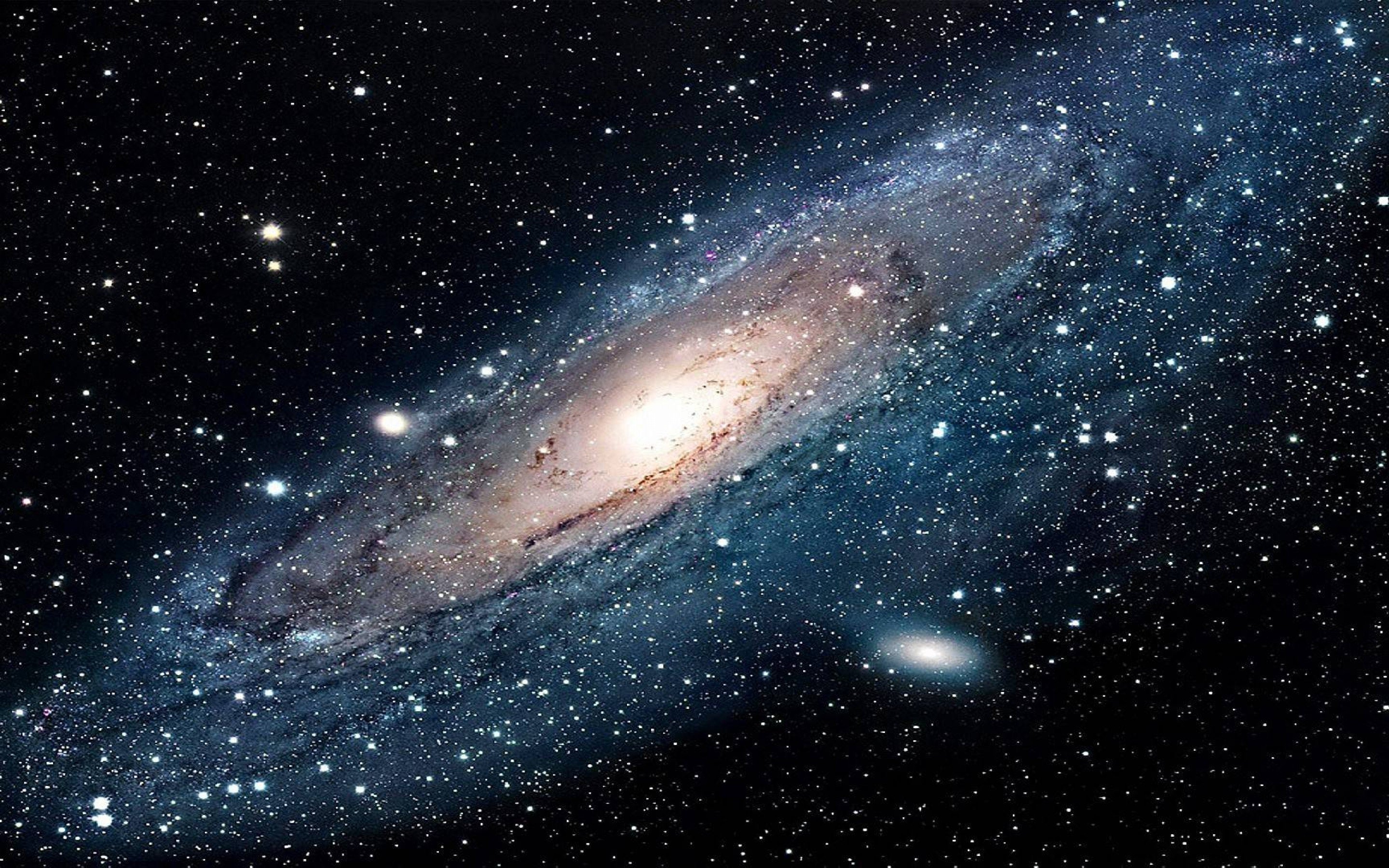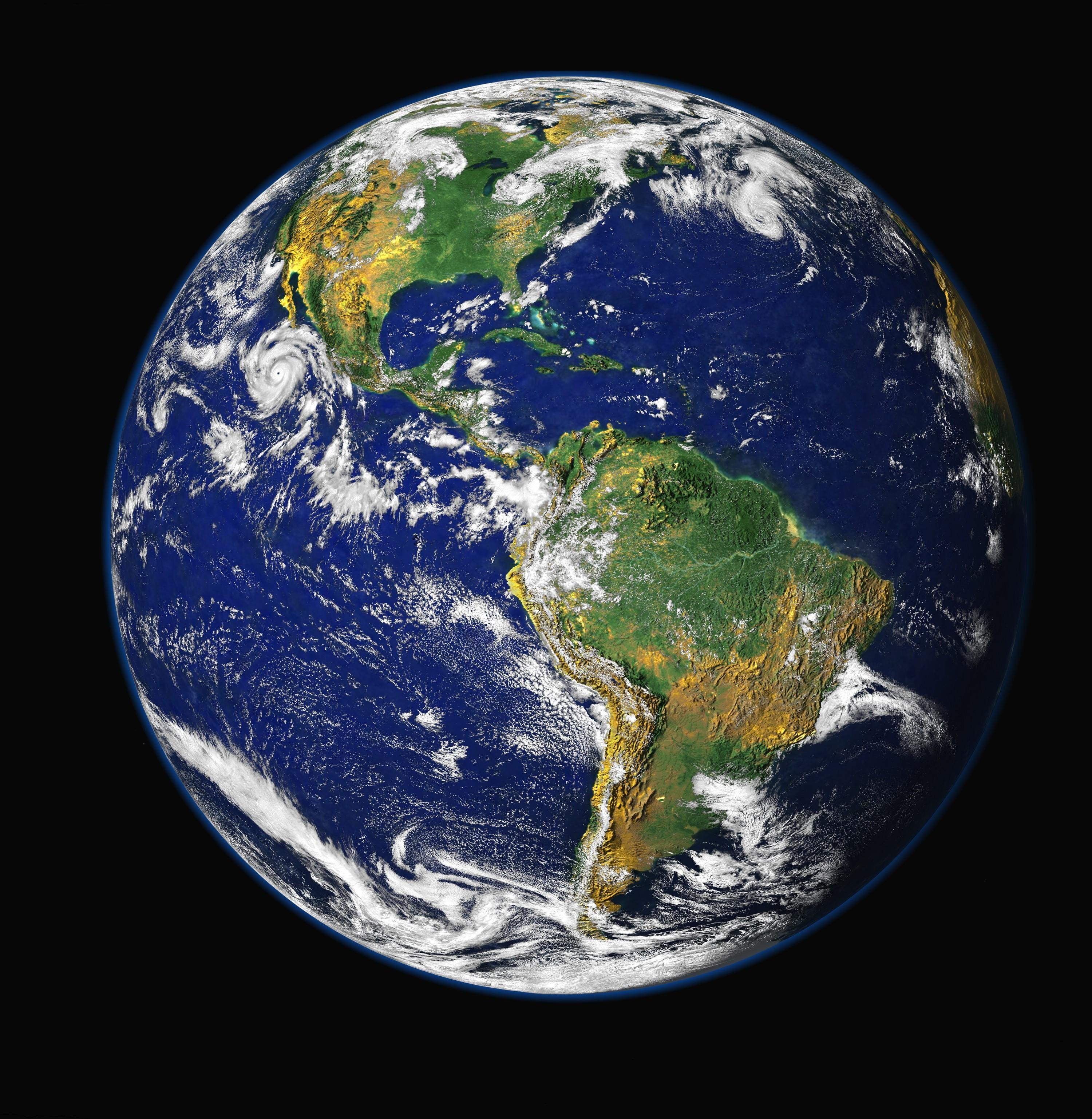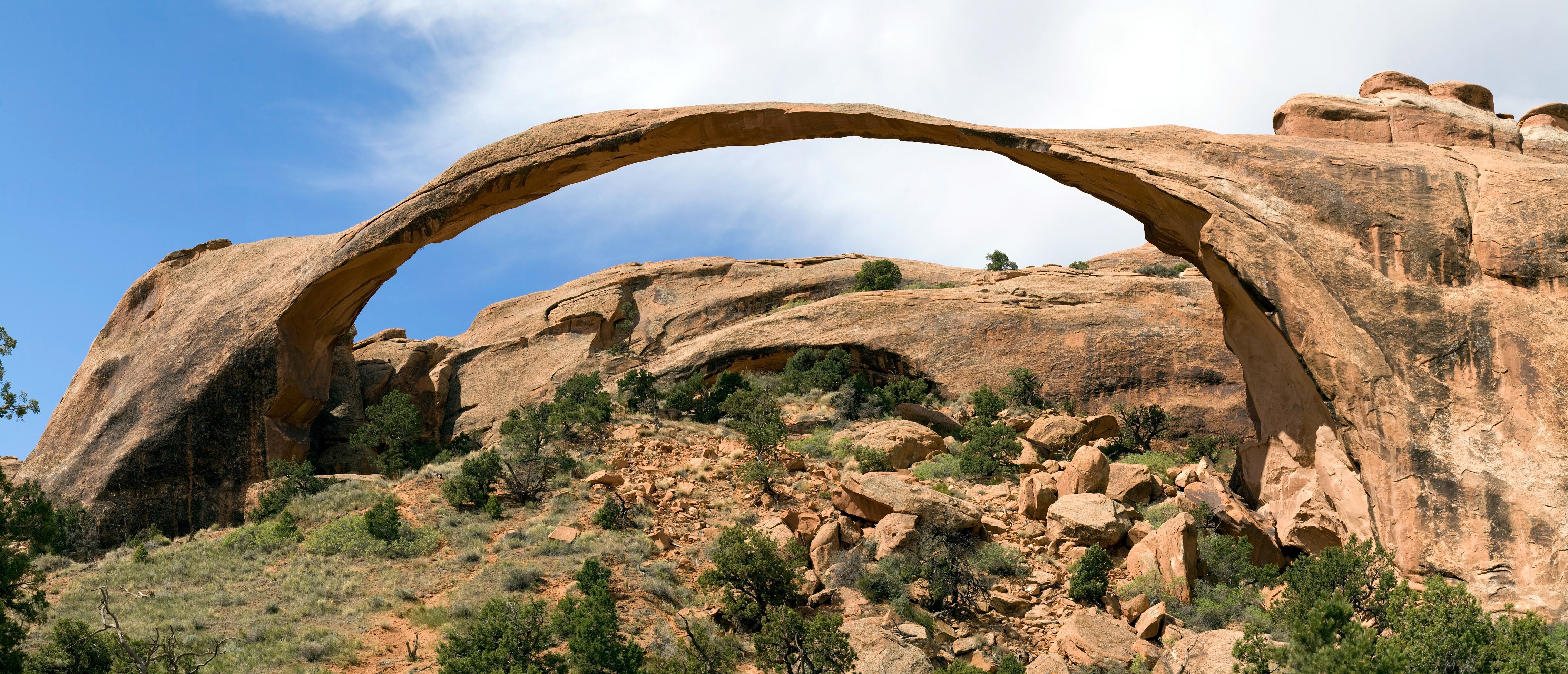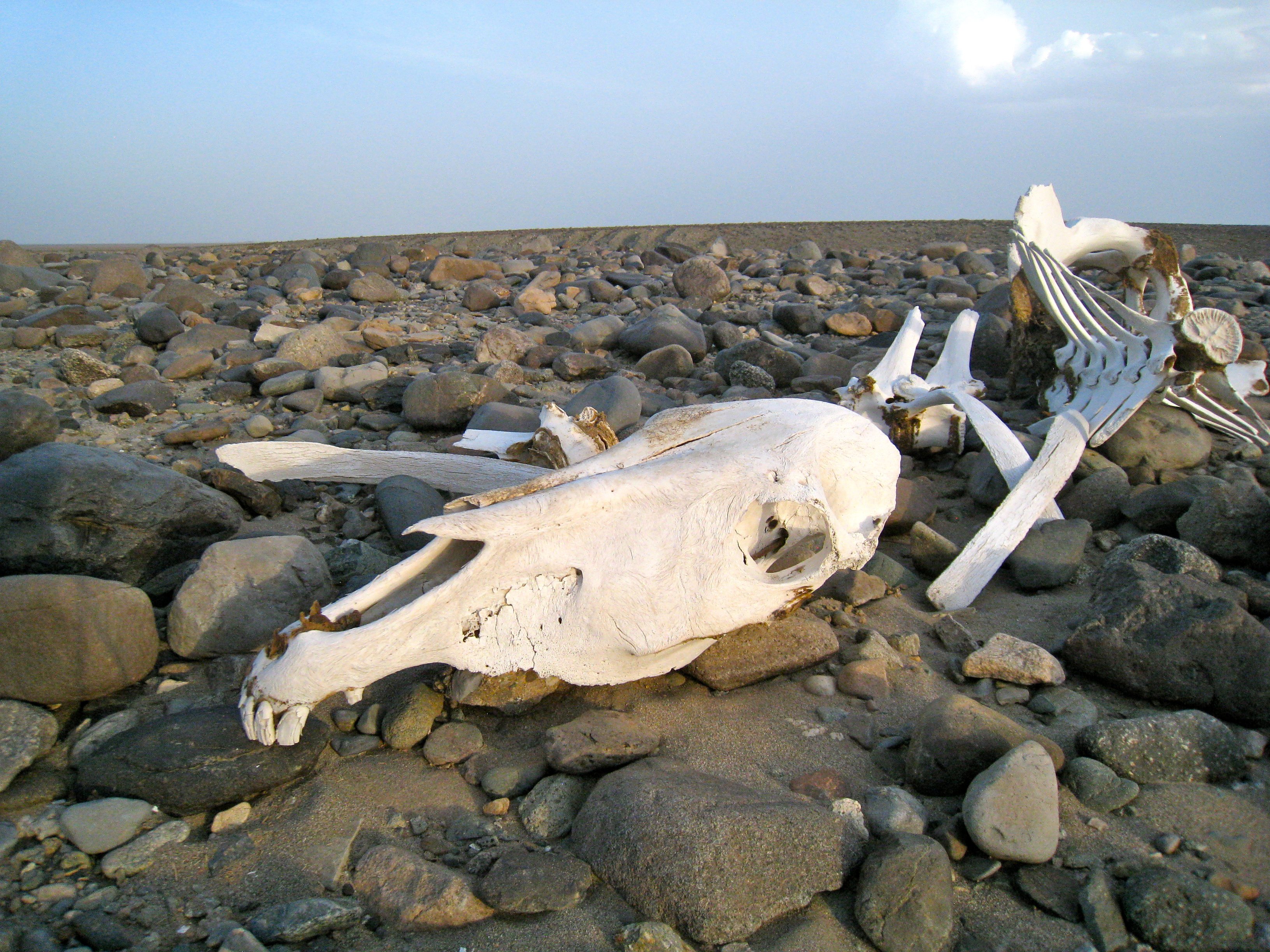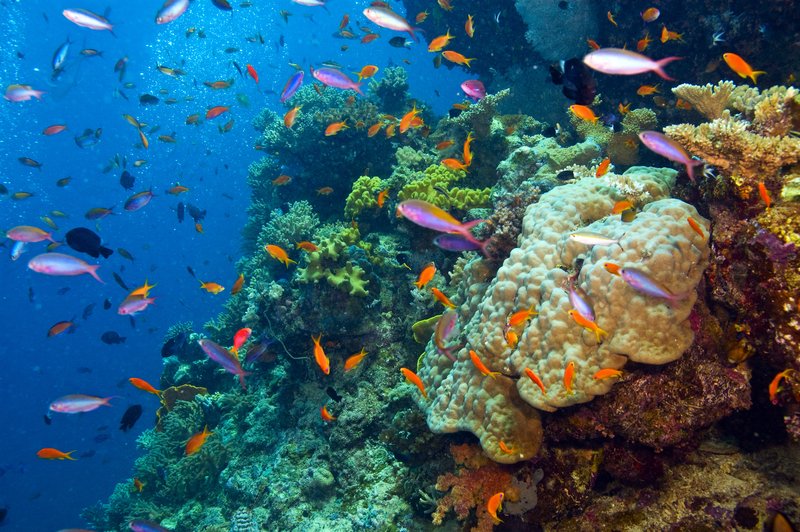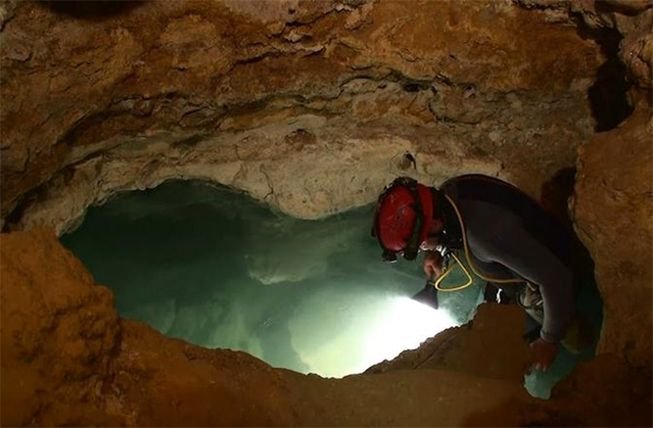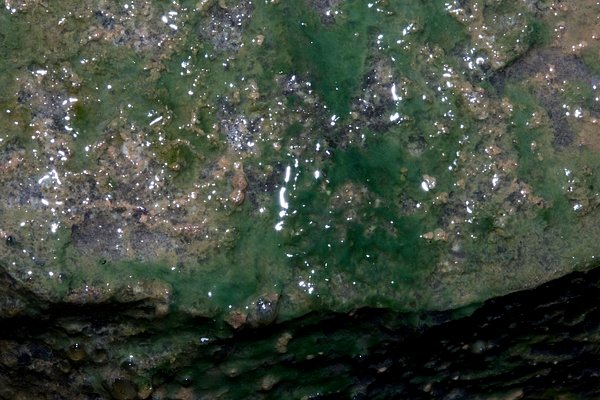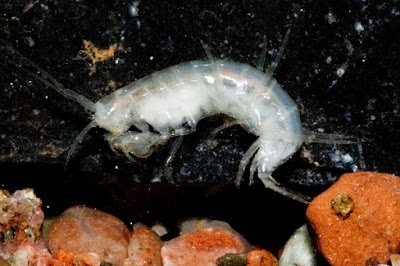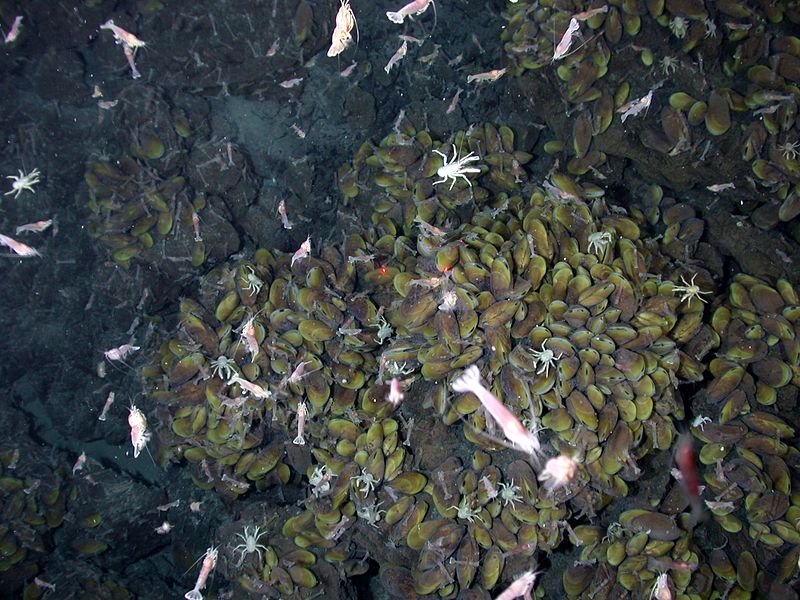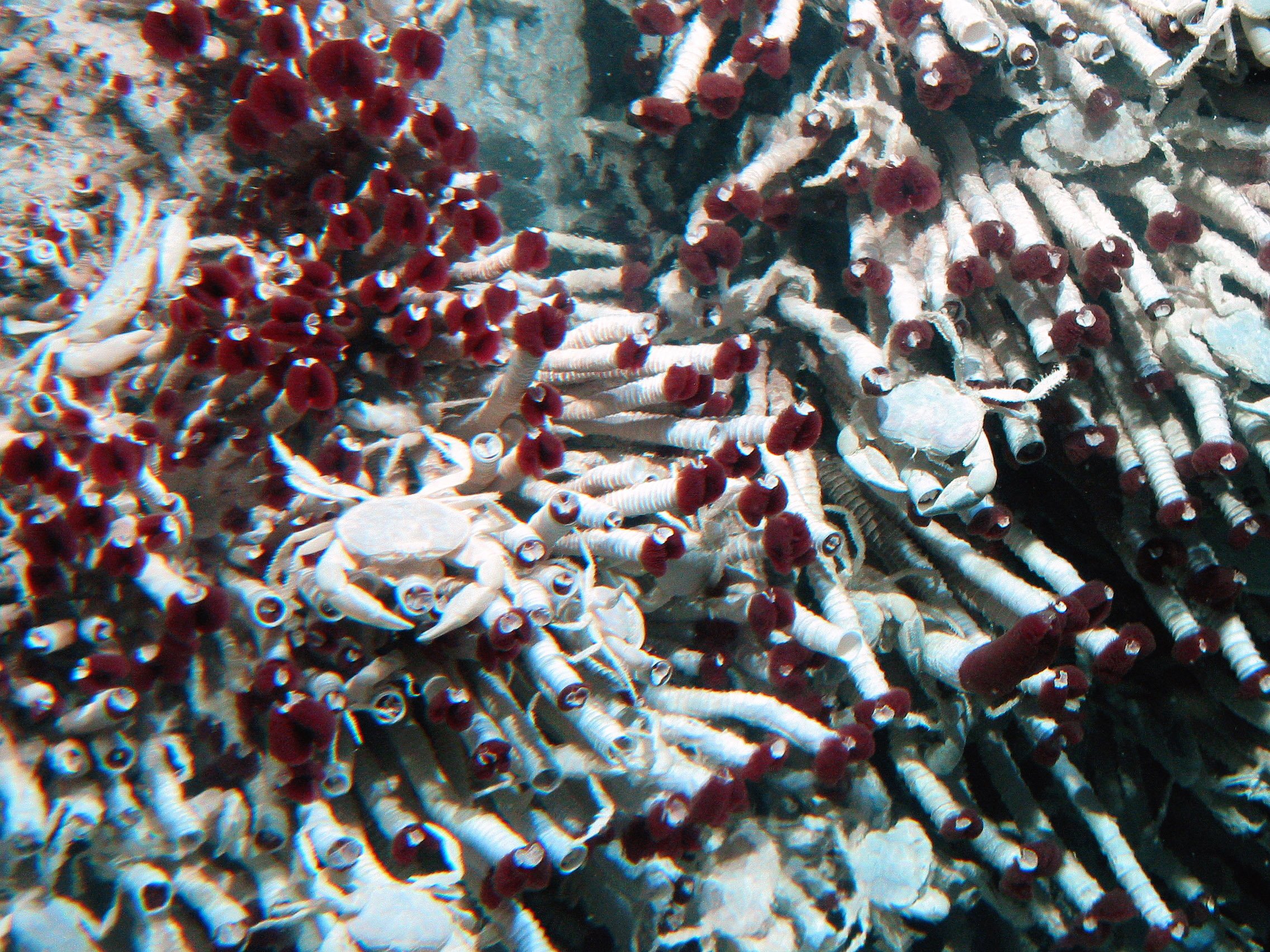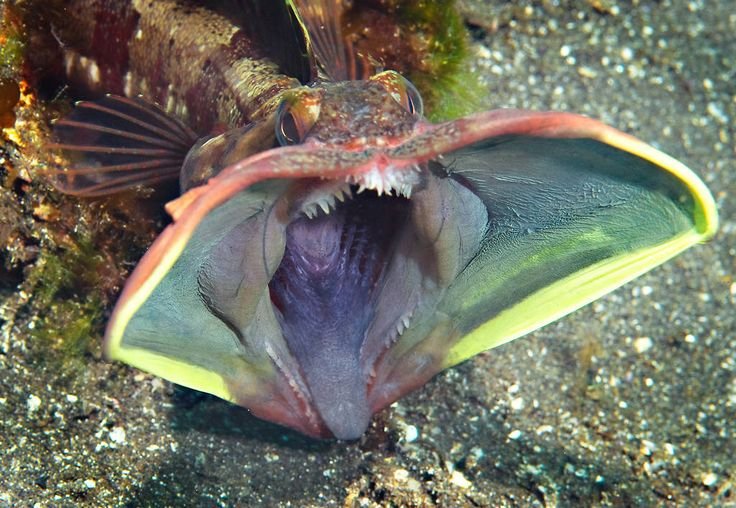Extraterrestrial life is a point of huge debate among the scientific, religious and overall population. The media is filled with aliens, whether it's in the movies, comic books, or bountiful yet questionable claims of abductions. But little green men aside, many respected scientists do believe that life in the cosmos is not only possible, but almost an absolute certainty. In the massive reaches of the universe, filled with billions of stars and solar systems, many theorize that we are highly unlikely to be on the only planet supporting life. So the question remains: Do alien beings exist in the vastness of space? And if so, what would they be like? Some very special organisms right here on good old Earth may offer some insight into life on distant planets.
Let's first take a look at Earth itself. Earth inhabits a region that we call the Circumstellar Habitable Zone, sometimes affectionately referred to as the "Goldilocks Zone". This zone refers to the range of orbit around a star in which planetary surfaces can support liquid water with sufficient atmospheric pressure. This means that Earth falls within a zone that is neither too hot nor too cold for water (and life) to exist. The CHZ has become one of the major criterion for life when observing other planets (however, in recent years, we have discovered evidence of extraterrestrial liquid water, suggesting that it can occur outside the Habitable Zone under the right circumstances). Extraterrestrial habitable zones depend on the size, age and type of star, and we have already begun locating several "Earth-like" planets that we theorize could support life (the nearest is Proxima Centauri b, located about 4.2 light-years from Earth). So we KNOW that planets very similar to Earth exist.
If a planet is capable of harboring life, what would we find on its surface? For that, we can again look at our own planet. Life has evolved to overcome a number of abiotic challenges, changing over billions of years to survive on the Earth's surface. Changes in atmospheric pressure, temperature, chemical composition, radiation, sea level rise, and tectonics have driven life on Earth since the earliest species arrived on the scene. Every human, animal, plant, fungus, bacterium, and other organism on Earth has evolved to survive on our planet, adapting as the planet slowly changes.
"Hospitality" is simply a point of view; we see Earth as a hospitable home because we have evolved to flourish under its conditions (temperature, chemical composition, radiation, pressure, etc.). If aliens were to land on Earth tomorrow, they would likely find our planet inhospitable because they did not evolve to survive the same conditions. When we eventually visit another planet, we will probably find it to be hostile in nature, unable to survive (without equipment) because we are not adapted to live on that planet. That doesn't mean that planet can't support life, it simply means that life would have to have evolved differently than life on Earth to survive.
Earth is filled with different types of habitats that support a huge variety of life. Reefs and rain forests are well known for their ability to support a huge amount of species diversity thanks to remarkable favorable conditions. But there are place on Earth that are not so welcoming; places so inhospitable, we once deemed them incapable of supporting any life. These regions are not as lifeless as they once seemed, and sometimes we find life on Earth flourishing where none was thought to be capable.
Extremophiles are organisms that thrive in physically or geochemically extreme conditions; conditions that would be detrimental, or even deadly, to most lifeforms on Earth. Extremophile microbial life was examined in the 1980's, noted for their ability to survive in extreme environments that are incredibly hot or even acidic in nature. Most extremophiles are microbes, but there are a few large organisms that are capable of surviving where no one ever thought possible.
Movile Cave: Movile cave, located in Romania, was opened in the late 1980's...after being sealed off from the surface world for over five million years. Upon entering the newly discovered cave, spelunkers realized that the very air was poisonous, largely comprised of carbon dioxide and hydrogen sulfide (and half the usual oxygen concentration), making breathing equipment a necessity for explorers. The water running through the cave is largely sulphidic and toxic. All this combined with eternal darkness makes for a radically hostile environment (explorers have referred to this cave as being "otherworldly"). Despite these harsh conditions, the cave was literally crawling with life; over 48 species have been identified so far, 33 of which can exist no where else in the world. Snails, leeches, spiders, water scorpions, isopods, centipedes, earthworms and a variety of other arthropods have evolved to survive comfortably in this alien world.
So how do the animals survive in that habitat, and what does that tell us about life on other planets? On the Earth's surface, plants provide the basis for the food chain. Obtaining their energy from the sun, plants provide food for a host of herbivores, which feed the carnivores, and so on up the food chain. With no light or plant life, how were these animals surviving in Romania's poison cave? Water flowing into the cave from below showed no signs of food particles, and there were no stalagmites and stalactites as water could not permeate the cave from above. So what was the basis of the food chain here?
The answer came in the form of a scummy film on the surface of the water. The film contained millions of bacteria called autotrophs. Like plants, these autotrophs absorbed carbon dioxide (and thrived in the cave that had carbon dioxide levels 100 times higher than normal air) and converted it into energy via chemosynthesis (since photosynthesis cannot take place without light). Simply put, they acquired their energy through a series of chemical reactions. The rest of the food chain branches off these autotrophs, providing energy to the higher organisms of the cave. This means that, even in the absence of light, life can flourish as long as there is an available source of energy.
The more complex organisms dwelling in the cave have had to overcome their own challenges, and have adapted to live their entire lives in the hostile cave. Many are born with no eyes; sight is completely useless in a cave that hasn't seen sunlight in 5 million years. Most have lost their natural pigments and are white or translucent. Without sight, they must rely on other senses, and many have developed extra-long antennae to navigate and hunt in the perpetual night.
Deep Sea/Abyssal Plain: Another hostile world, the abyss is pitch black, frigid and under a huge magnitude of pressure. Organisms cling to life here, conserving their energy and making use of any food they can locate. Food is scarce, typically drifting down from the open ocean above (sometimes called "marine snow") only to be snapped up by a waiting scavenger or predator. But within these depths is another habitat, one even more inhospitable (an alien world WITHIN an alien world, if you will): the deep sea hydrothermal vents. Typically found in close proximity to volcanically active areas, hydrothermal vents are fissures in the Earth's crust, that spew out super hot water, heated by magma. They often take the form of black smokers; tall structures that resemble towering chimneys, spewing out black clouds of debris. The water belching out of these chimneys may exceed 860 degrees F, and under the crushing hydrostatic pressure, may emerge as super critical fluid (exhibiting properties between a fluid and gas).
Even in this world of super heated water, eternal darkness and crushing pressure, live thrives. Not only thrives, but the lifeforms on these vents have a population density that 10,000 to 100,000 TIMES greater than the surrounding sea floor! In the absence of light, organisms obtain nutrients from chemosynthetic bacteria, just like the cave-dwellers. Chemoautotrophic bacteria thrive in the vents, feeding off of the rich dissolved minerals in the scalding water. They even feed on hydrogen sulfide in the plume, extremely toxic to most known organisms, but here it serves as the basis for life! These bacteria form thick mats on the vents, on which other organisms graze directly, such as amphipods and copepods. Tube worms grow around the vents, filtering out nutrients in the super heated water. Crabs, snails and lobsters roam the chimneys, scraping bacterial mats off the stony structure. These chimneys become the center for entire ecosystems, driving life on the sea floor. Despite their super-heated, toxic environment, these harsh biomes are actually safe havens for the creatures of the abyssal plain. So dependent on the vents are these organisms, when a vent goes inactive, many of these species are forced to find another, or die. (Some scientists speculate that life on Earth may have originated around these vents, and such life may exist under the ice of Europa, one of Jupiter's moons!)
So, do the fact that these extremophiles thrive on Earth prove that life exists on other worlds? No, but they serve as living proof that life can form even in environments we deem to be inhospitable. They are a reminder that a huge variety of habitats can support life, even under the most extreme conditions if that life has adapted to those conditions. Just because a planet seems incapable of carrying life by human standards, we can't rule out the possibility of extremophiles, that have evolved to survive even the harshest the universe has to offer. If life can survive in highly toxic, boiling, highly pressurized environments with no access to light here on Earth, why couldn't it exist on another Earth-like body?
-----------------------------------------------------------------------------------------------------------------------------------
Sources:
http://www.bbc.com/earth/story/20150904-the-bizarre-beasts-living-in-romanias-poison-cave
https://en.wikipedia.org/wiki/Extremophile

